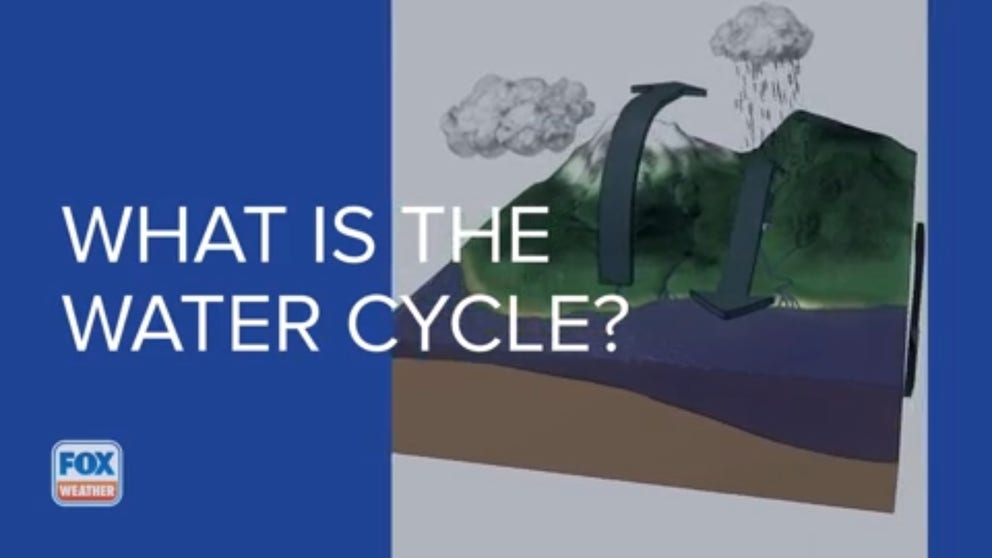How do rain and snowmelt feed wells?
Wells are fed by groundwater, a water supply that began as precipitation that now lies beneath our feet.
What is the water cycle?
Water is among the most precious resources on our planet. The water cycle depicts where water is stored and how it moves.
Rain and snow are vital sources of freshwater. While most precipitation ends up in surface water supplies, such as rivers and lakes, the rest trickles deep beneath the surface to become groundwater.
In many homes, this groundwater is pumped up through the ground by a well – a system that depends on how much or little precipitation falls.
To understand how rain and snowmelt can impact wells, it’s helpful to understand how the precipitation reaches the groundwater supply.
The water cycle
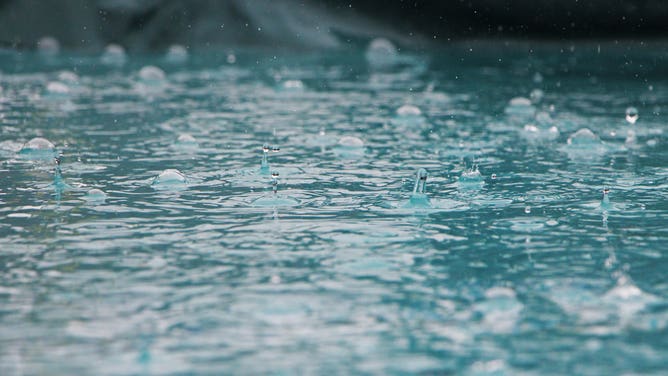
Rain falls onto a pool of water.
(Inge Maria on Unsplash / FOX Weather)
When rain or snow falls onto land, it either soaks into the ground or becomes runoff. Runoff flows into rivers and lakes, whereas the water that soaks into the ground can become groundwater.
A number of factors, such as the rate of rainfall and the soil conditions, can influence how this precipitation becomes groundwater. In general, the precipitation seeps through the layers of soil and rock until it reaches water-bearing rock.
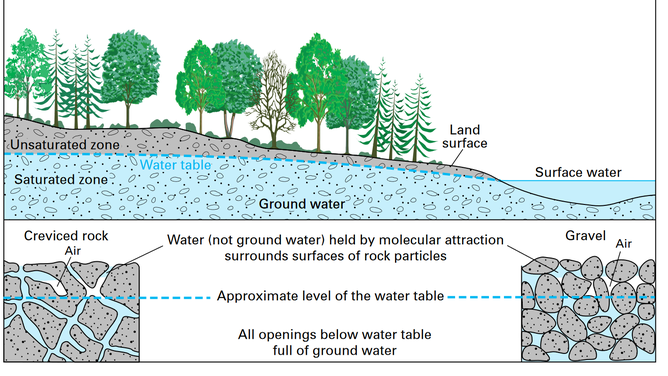
How groundwater occurs
(USGS / FOX Weather)
Called aquifers, these subsurface water-bearing rocks absorb a large portion of precipitation. Some of the water eventually reaches lakes and other bodies of water, where it evaporates, condenses and becomes precipitation once again.
The rest of the water, however, replenishes or recharges the underground water supply. This groundwater can then be pumped or accessed through wells and used to supply homes with freshwater.
How wells access groundwater
In their simplest forms, wells access groundwater by digging deep enough to reach the groundwater. This involves breaking through the water table, which is the surface of the water-filled rock or underground aquifer.
Above the aquifer are layers of soil and rock that may not be filled with water.
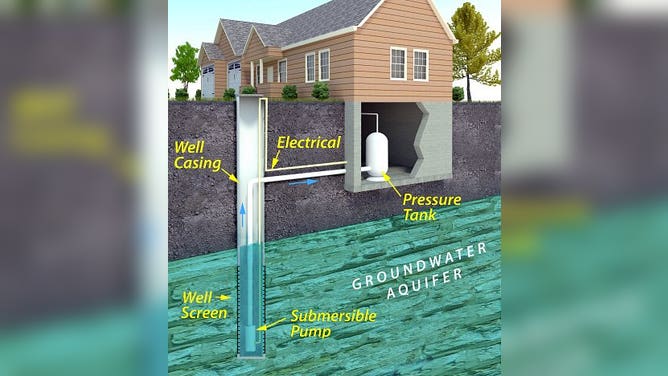
How a private water well reaches the groundwater aquifer.
(EPA / FOX Weather)
According to the U.S. Geological Survey, wells are drilled through these layers to reach the water table, exposing the aquifers and then allowing for water to be pumped out. The depth needed to reach aquifers can vary from place to place, due to factors such as topography and soil type.
As the water in aquifers is pumped out to supply homes, the water is then replenished or recharged by precipitation.
The impact rain and snowmelt can have on wells
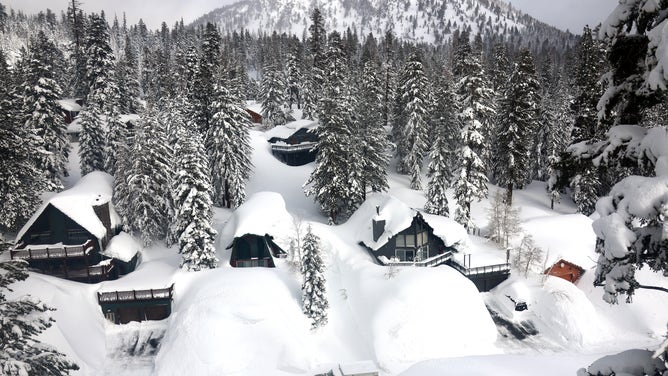
Snow in the mountains that will melt and become groundwater.
(Mario Tama / Getty Images)
The depth of the water table changes throughout the year, largely due to the amount of precipitation that falls, melts and evaporates between seasons, according to the USGS.
In the spring, when plants soak up water to grow and in the summer, when the weather turns hot and dry, the groundwater evaporates or is released from the plants. This causes the water table to drop.
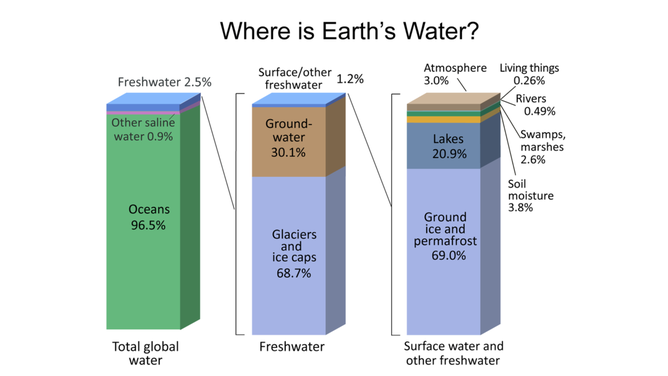
About 2.5 percent of the total global water is freshwater. Of that 2.5 percent, 30.1 percent is groundwater.
(USGS Water Science School / FOX Weather)
On the flip side, when accumulated snow or snowpack begins to melt in the late winter and spring, along with plentiful spring rainfall, the USGS said the water on the surface seeps into the ground and causes the water table to rise.
WHAT CALIFORNIA'S EXCESSIVE SNOW, RAIN MEAN FOR STATE'S RESERVIORS
A rising water table means that there is less unsaturated soil to absorb the excess water. This can be problematic for homes with basements, as the excess water can begin to break through the foundation and enter the home.
